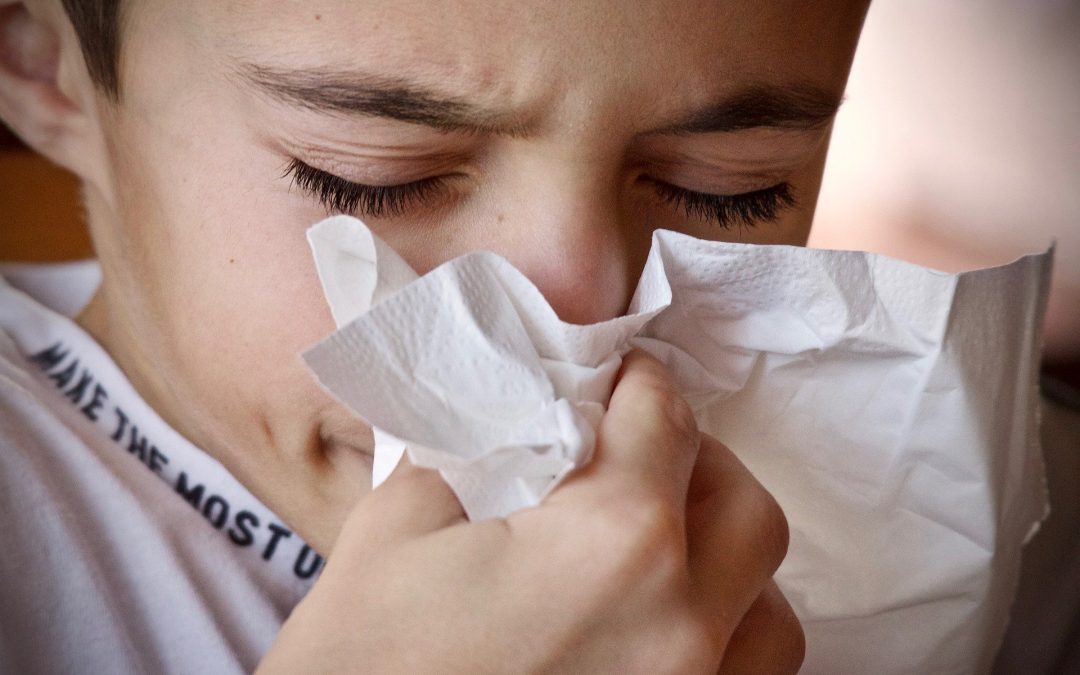October is National Air Quality Awareness Month. Admittedly, not as popular as that other October occasion (but just as scary), Halloween, it serves as a reminder for homeowners everywhere to think about the air quality in their home. Too many don’t realize that the insulated and airtight Canadian houses of today can very easily propagate mould.
With the COVID-19 pandemic millions of people are staying home for extended periods of time, indulging in activities that only accelerate mould growth. Things like cooking, using the dryer, showers and humidifiers all introduce moisture into the air; if this is not purged outside the home, it speeds up the spread of mould.
Moisture, mould and respiratory issues
According to studies conducted by the U.S. EPA, homes can harbour air quality that is two to five times worse than outdoor air. In extreme cases it can be up to 100 times worse! Airtight energy efficient homes (as they should be) retain moisture, with the only means of outlet the HVAC system equipped with a Heat Recovery Ventilation (HRV) unit or an HRV unit installed separately.
Frequent moisture accumulation, leaky air ducts and even clogged condensation piping can trap moisture laden in unventilated parts of the house leading to mould. Clogged ducts will also stop air from being transported outside. Dryer exhaust ducting is a great example of that, as blocked ducts cause moisture-laden air to leak in to the home. Dirty house ventilation can also recirculate mould in the home, something that is very likely as winter weather sets in and people shut doors and windows.
Mould has been linked directly with upper respiratory tract infections. It can exacerbate symptoms in those with asthma, cause pneumonitis, trigger allergies and weaken the immune system; conditions that, particularly, put children and the elderly at risk. The potential for harm is only greater in light of COVID-19.
Fighting mould at home
Prevent mould build-up in your home with a few simple tricks. First, have the home ventilation system cleaned regularly. Dust and dander trapped in ducts can become a hotbed for mould if it becomes moist.
A lesser known advantage of calling a professional duct cleaning company is that we perform a thorough inspection of air ducts for mould and can sanitize ducts after cleaning.
Another great way to prevent mould is to stop water accumulation. Damp carpeting should be replaced; sources of flooding should be addressed; drips and spills should be cleaned up as soon as possible. Bathrooms and the kitchen are particularly prone to mould, which often accumulates around the bathtub and the sink.
Have your house ventilation cleaned
With COVID-19 lockdowns and work from home set to continue long into this winter, it is advisable that you have your home ventilation system cleaned professionally. Our team makes HVAC cleaning seamless. We use truck-mounted vacuums and collect dust and debris outside the house. An experienced team makes sure vents, registers and ducts are cleaned thoroughly.
Speak to us about pricing.


Recent Comments